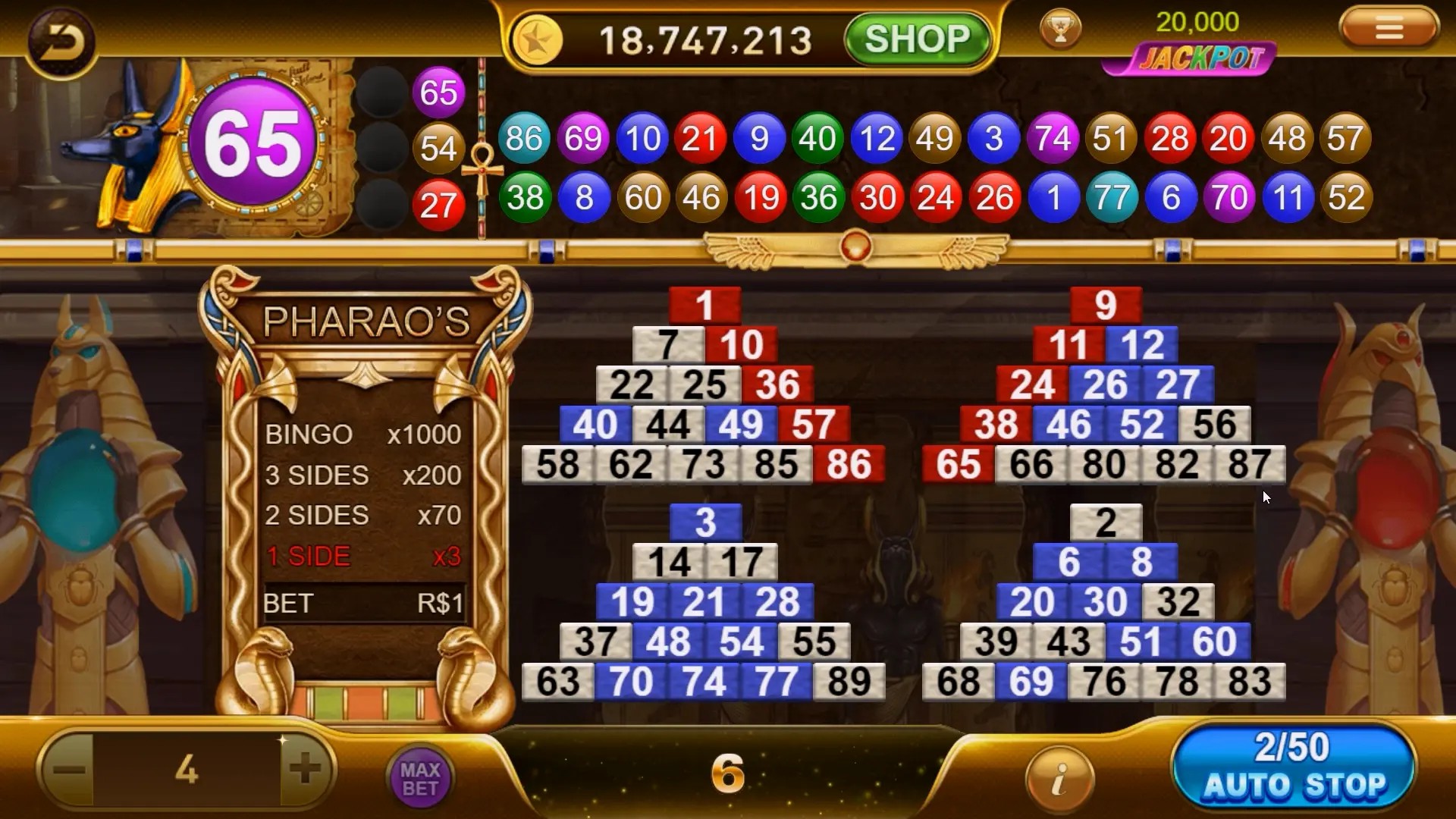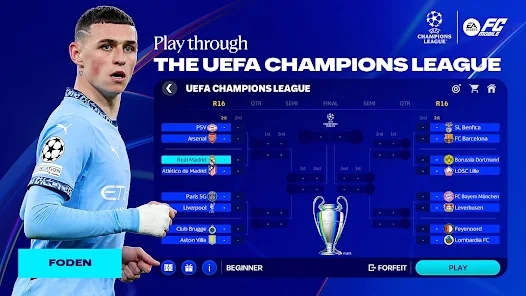Unlocking Learning Through Fun: How Multiplayer Educational Games are Transforming Learning
In recent years, **multiplayer educational games** have gained a reputation to be more than simple entertainment; they are revolutionizing the way we learn, enhancing engagement and retention in ways traditional methods often struggle to achieve. As we plunge deeper into this digital age, the blend of education and gaming isn’t just a passing trend—it’s a beacon lighting the path to engaging learning experiences.
What Are Multiplayer Educational Games?
Multiplayer educational games combine the competitive spirit of gaming with educational content, allowing players to collaborate, compete, and learn simultaneously. They offer interactive and immersive environments, letting players explore subjects ranging from history to mathematics in a dynamic setting.
The Rise of Educational Games
The evolution of educational games can be traced back to seemingly innocent classroom projects. These games took root in educational institutions and soon burgeoned into a thriving industry. From the construction of picture kingdom creative landscapes to intricate challenges like the 3D metal puzzle, the infinite possibilities for exploration are endless.
Why Multiplayer Matters
One of the standout features of these games is their multiplayer aspect. Why does this even matter? It enhances the experience in several ways:
- Collaboration: Learning to work together enhances teamwork skills.
- Community: Players build connections and learning communities.
- Peer Learning: Explaining concepts to peers solidifies understanding.
Case Study: World of Warcraft as an Educational Tool
Believe it or not, World of Warcraft serves as an excellent model for educational engagement. Players strategize, manage resources, and develop critical thinking skills—all under the guise of battling Draenei and discovering new worlds. In lessons designed around gaming, educators integrate this popular title into discussions about teamwork, strategy, and decision-making.
The Farm RPG Game Revolution
The rise of games like the farm RPG game presents another dimension of learning. Players get immersed in agricultural ecosystems, learning about food sources, sustainability, and economics while enjoying the thrill of virtual farming and resource management. It’s a case where leisure collides with education purposefully.
Benefits of Multiplayer Educational Games
Consider the numerous advantages these games herald:
| Benefit | Explanation |
|---|---|
| Boosts Motivation | Gamification fuels excitement and keeps students engaged. |
| Encourages Risk-Taking | Players learn from mistakes without the fear of real-world consequences. |
| Fosters Creativity | Game environments stimulate creative problem-solving approaches. |
How Game Mechanics Enhance Learning
Let’s delve into how game mechanics, such as scoring and rewards, elevate the learning experience:
- Progress Tracking: Players receive instant feedback on their achievements.
- Leveling Up: Motives to improve skills and knowledge through achievement.
- Quests and Challenges: They push players to think critically and strategize effectively.
Real-World Applications in Classrooms
Educators using these games in classrooms report higher retention rates. Gone are the days of monotonous lectures; instead, educators embrace the multi-faceted strengths of games for teaching complex subjects such as physics and history. Just picture it: students learning about historical events through role-playing as characters from those periods!
Multiplayer Games and Inclusive Learning
These games have an inclusive aspect as well. They cater to various learning styles and allow students with different abilities to learn at their own pace. Visual and auditory learners benefit from rich graphical content and interactive gameplay, while kinesthetic learners engage physically with the game.
Potential Pitfalls and How to Avoid Them
Despite their many advantages, multiplayer educational games come with potential downsides:
- Screen Time Concerns: Balance is key; integrating games should complement, not replace traditional learning.
- Accessibility Issues: Ensuring every student has access is vital to inclusivity.
- Game Addiction: Promote a healthy relationship with gaming; encourage breaks and alternate activities.
The Future of Educational Gaming
In the future, the possibilities appear limitless. As technology advances, we can expect more immersive experiences—think virtual reality classrooms where learning feels dynamic and tangible. With AI-integrated NPCs (non-playable characters) that adapt to student needs, the educational landscape looks promising.
Teacher Involvement: A Necessity
While games can enhance learning, teacher involvement is crucial. Educators can guide students on how to approach learning objectives and integrate lessons within the gaming context. Without teachers driving the narrative, educational gaming can lose its direction.
Conclusion
In conclusion, **multiplayer educational games** are trailblazing the future of learning. They offer a harmonious blend of **engagement and education**, nurturing skills and knowledge that traditional education often overlooks. As technology continues to evolve, we are at the cusp of something monumental that challenges the norms of learning, inviting everyone to join the adventure. Embrace it—education can be fun!



